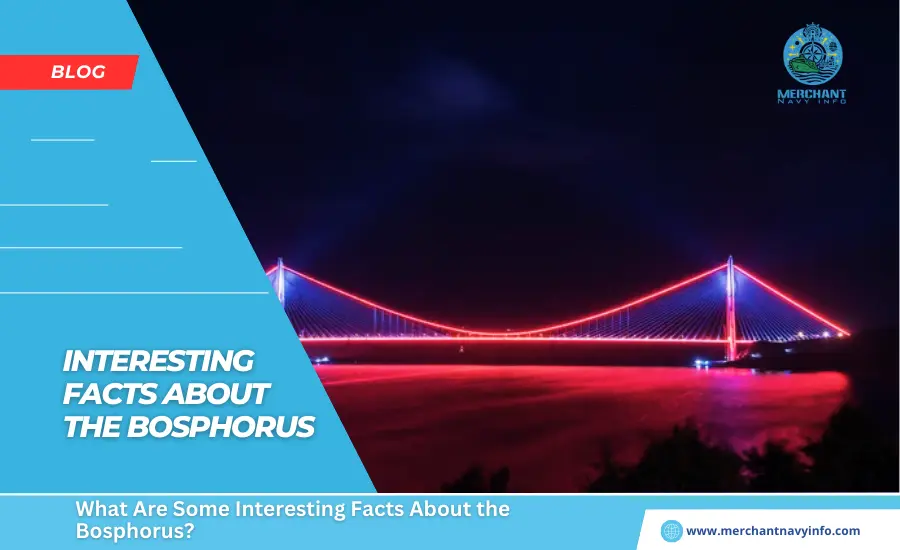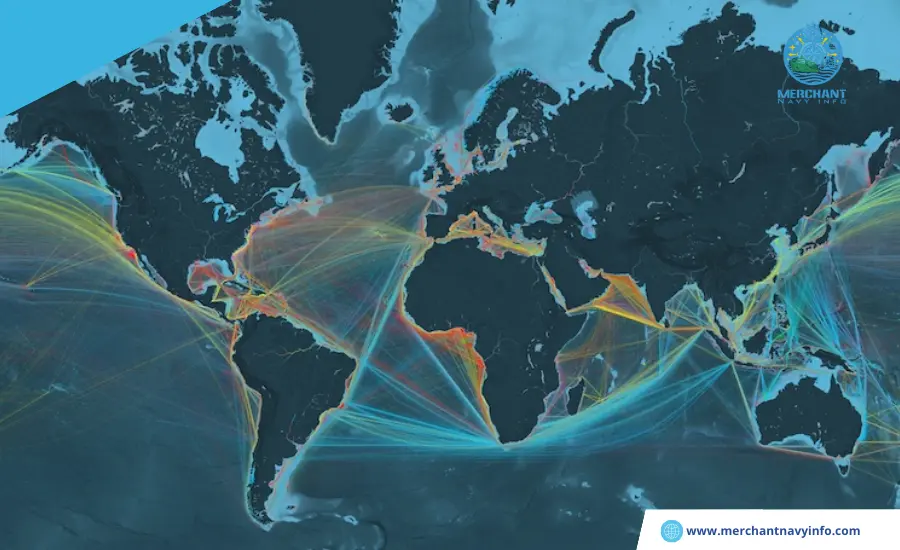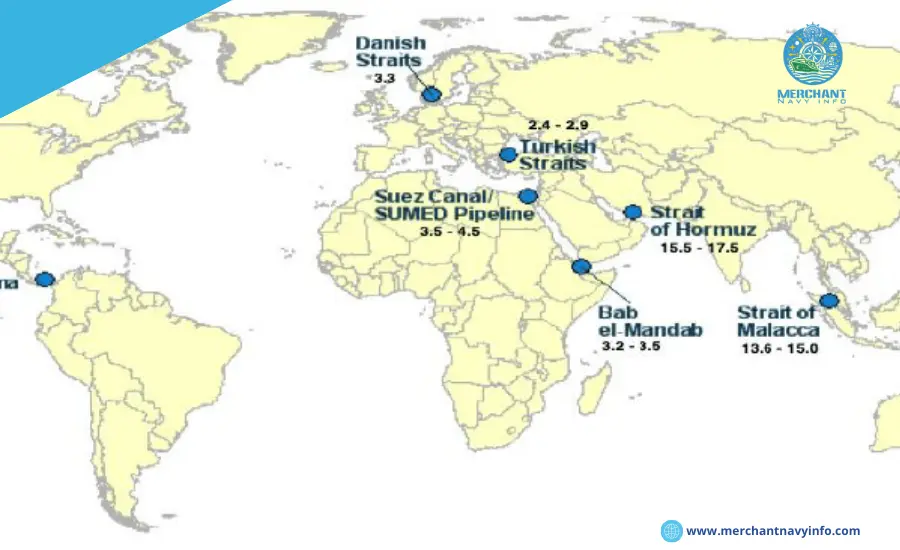
Bosphorus strait is a natural waterway located in northwestern Turkey, linking the Black Sea to the Sea of Marmara. In old times, the Black Sea had no outlet, and its water level was less than the Aegean and the Marmara Sea.
How Long is the Bosphorus Strait?
This lovely waterway is 31 kilometers (19 miles) long and varies in width between 730 and 3300 meters.
Turkey’s crucial maritime transit route has a peak width at the northern entrance and the least width between the Ottoman forts of Rumelihisarı and Anadolu Isara. It is one of the world’s most difficult waterbodies. The strait has a peak depth about 110 meters (360 ft).
What is Bosphorus Strait Important?
The Bosphorus strait’s worth lies in the fact that it is a major shipping route that connects the Black Sea with the world’s oceans. Known as Bogazici in Turkish. This connects the Black Sea with the Marmara Sea and Dardanelles Strait.
Here are some important facts about the Bosphorus strait of Turkey.
Heavy Traffic – Super Busy Shipping Route

The increasing number of vessels passing via the Bosphorus strait makes it one of the globe’s busiest maritime passages. It is said that the strait makes way for about 48.000 ships annually, reportedly three and four times more dense than the traffic of the Suez Canal and Panama Canal.
The traffic in the strait increased greatly after the signing of the Montreux treaty in 1936. After the Montreux Convention, the strait provides the right of free passage to merchant’s vessels. Also, the transit of warships is subject to restrictions. The numbers show traffic increased from 4,500 in 1934 to 49,304 in 1998.
But, the number of vessels passing via the strait has decreased since 2002. This is due to the new restrictions slapped on oil tanker transit in 2002, banning the night time transit for ships of more length than 200 meters.
However, it is thought that the strait witnessed the passage of 43544 ships in 2015.
Tough Waterway for Ships – Narrow Channel with High Traffic
The Bosphorus strait is among the world’s most difficult waterways to navigate, due to the narrow width at various parts of the waterway. The channel is about half a mile wide at the smallest point, posing a hurdle to the oil tankers and various vessels using the strait.
Moreover, the swift current in the strait also adds to the difficulty—the current moves from north to south and the under surface countercurrent results in swirls and eddies. Likewise, the winds from the north make it very difficult to move from the other end.
Chokepoint For the Oceanic Transit of Oil – Popular Shipping Route

The Bosphorus strait is one of the planet’s critical maritime routes for oil movement from the Caspian Sea area and Russia to areas including Asia, Western and Southern Europe.
Almost 38 per cent of Russia’s, one of the world’s main maritime crude oil producers, marine crude oil exports from the strait.
The strait is also the main oil export route for Eurasian nations such as Azerbaijan and Kazakhstan. It is said that more than three percent of the global supply or, in other words, about 3 million barrels of oil every day. Also, 20 million tons/year of petroleum products move through this iconic waterway.
Highly Fished Strait – Cool Fishing Spot
The position of the Bosporus strait, It connects the Mediterranean to the Black Sea, making this a hub of fishing work. The nature of currents also the differences in water temperature pull fish to the strait, contributing to the region’s economy.
The fish that is available in the strait varies according to the season. This thanks to the migration of fish between the Black Sea also the Marmara Sea at different times of the year. On top of the fish, the strait acts as an ecological tunnel. It has the two-way passing of different marine organisms. It moves between the two waterbodies.
Bridges of Bosphorus Strait – Massive Tourism
Three suspension bridges cross the Bosphorus Strait, moving traffic between two continents. The initial Bosporus, or Boğaziçi Bridge, 1,074 m (3,524 ft) long, was ready for business in 1973. Alsom the second (Fatih Sultan Mehmet Bridge), 1,090 m (3,576 ft) long mega bridge is a 5-kilometre distance from each other, was finished in 1988. It spans from Anadolu Hisari all the way to Rumeili Hisari.
The third, Yavuz Sultan Selim Bridge. This was inaugurated in August 2016. It is at the start to the Black Sea, this bridge has a length of 1408 meters (4619 ft). These bridges, made over deferent decades. They make a vast network of roads and lead to significantly to the transport of goods in and out of Turkey.
Tunnels of Bosphorus Strait
The Bosphorus strait has two tunnels going under it. One, called Marmaray, runs between the areas of Uskudar and Yenikapi. Beginning operations in October 2013, this commuter rail line tunnel is 76.6 km (47.6 mi) long between Europe and Asia.
The second tunnel is named Eurasia Tunnel and goes between Kazlicesme and Goztepe areas in Asia and Europe, respectively. Open in December 2016, the tunnel kets the entry of only motor vehicles, includes both cars and minibuses.
Turkey has stopped the passage of warships from any nation in the Bosphorus and Dardanelles Straits. This came after Russia’s invasion of Ukraine.










